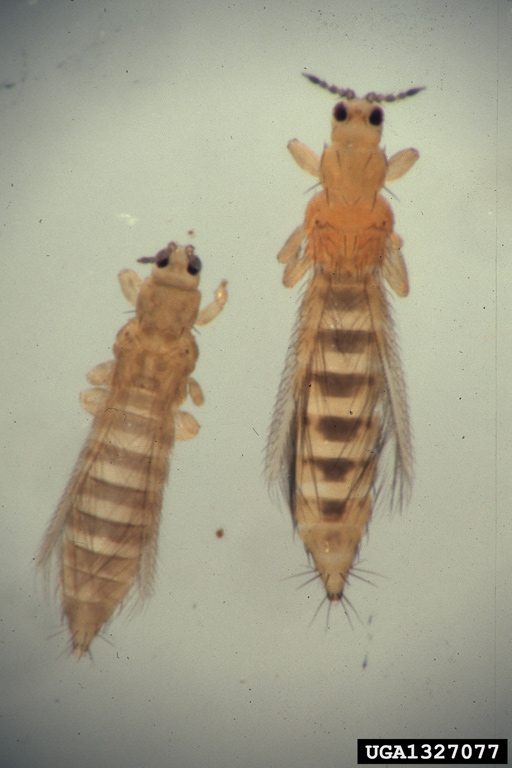SERVICE REQUEST?
Fill out the form below.
Find our nearest location

Thrips
Attribution: Alton N. Sparks, Jr., University of Georgia, Bugwood.org [CC-BY-3.0], via Wikimedia Commons
Read What Our Clients
Are Saying
SERVICE REQUEST?
Fill out the form below.